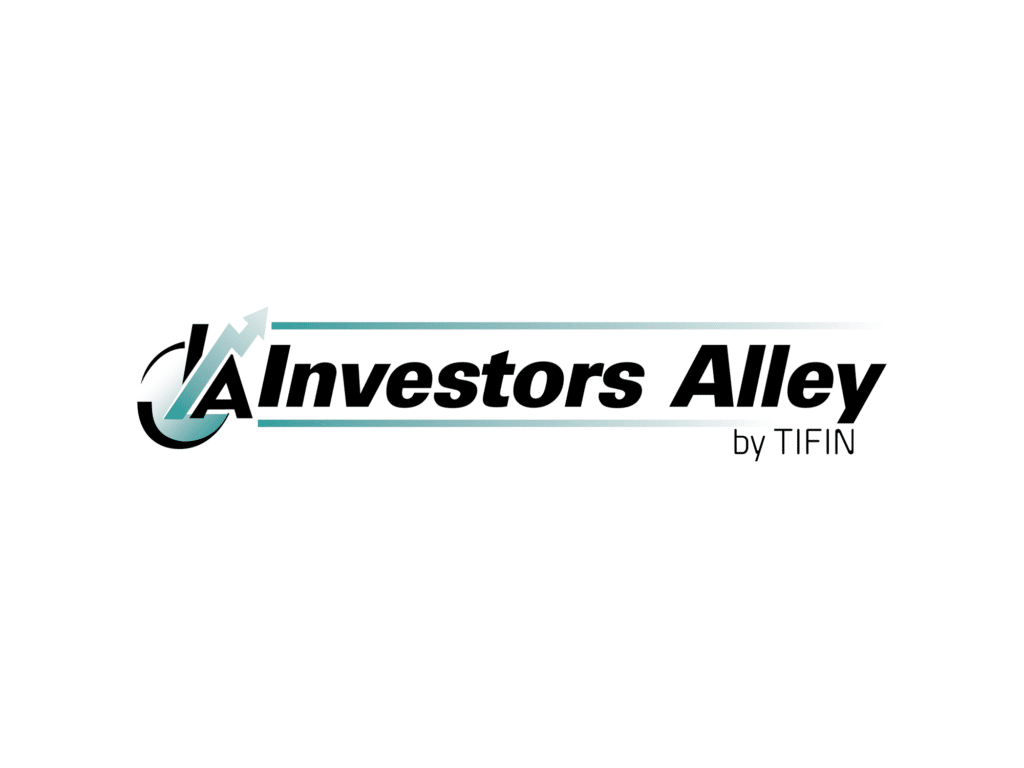This One Metric is the Key to Long-Term Investing Success
As promised last week, I want to go back and explore the thesis advanced by KKR’s (KKR) macroeconomics team. Henry McVey and his team suggested that one of the best ways to earn high returns on your money over the next few years is going to be owning companies that are growing their free cash flow and dividends.
That hypothesis is easy to agree with, given that free cash flow and dividends are two of the three legs of my long-term investing trinity.
Here’s why, and two stocks that fit to buy today…
I am a huge fan of free cash flow. After all the bills are paid and the necessary expenditures to keep equipment, facilities, and plants up to date have been taken care of, leftover cash is what is used to grow the business and increase the stock price over time.
(The third leg of the long-term investing trinity, of course, is asset value, but we can save that discussion for another day.)
The first company that is growing its free cash flow and dividends at a double-digit pace also fits into another investment theme both KKR and I think will provide huge returns in 2023. (Judging by how often I find KKR’s thinking aligns with my own, I have to think they have a bunch of really smart people working there…).
Owning infrastructure that moves oil and gas from point A to Point B for a fee will continue to be a great business. These assets throw off high levels of cash.
One of the largest owners of energy-related infrastructure is Kinder Morgan (KMI). Kinder Morgan owns about 70,000 miles of natural gas pipelines that handle about 40% of all natural gas shipments in the United States. The company has pipelines connected to every important natural gas field in the country, including the Eagle Ford, Marcellus, Bakken, Utica, Uinta, Permian, Haynesville, Fayetteville, and Barnett gas fields.
Kinder Morgan also owns another 9,500 miles of pipelines that transport liquids like gasoline, jet fuel, diesel, natural gas liquids, and condensate. This business segment also owns 65 liquids terminals that store fuels and offer blending services for ethanol and biofuels. And, the company is the largest independent terminal operator in North America. Kinder Morgan has 141 terminals that handle renewable fuels, petroleum products, chemicals, vegetable oils, and other products for its customers.
The company will generate over $3 billion in free cash flow for the full year 2022, which will be used to pay dividends, reduce debt and buy back stock. In fact, Kinder Morgan has grown its free cash flow by an average of 20% yearly, and has been generous about sharing that cash with shareholders. As a result, the dividend over the past five years has grown by 19% annually.
This a stock you can buy and hold for a very long time. While oil and gas are its dominant business today, Kinder Morgan is positioning for a green future and will be a big player in renewable infrastructure as the need develops over the next few decades.
Another stock that fits the free cash flow and dividend growth description is Advance Auto Parts (AAP). This company is, obviously, in the auto part business. Currently, Advance Auto has 4,687 stores and 311 branches in the United States, Puerto Rico, the U.S. Virgin Islands, and Canada. The company also services 1,318 independently owned Carquest branded stores in Mexico, Grand Cayman, the Bahamas, Turks and Caicos, and the British Virgin Islands.
Advance Auto has been in turnaround mode for several years, but appears to be getting its act together. Over the past five years, the company has grown free cash flow by 20% annually. In addition to using the cash to improve the business and make smart acquisitions, Advance Auto has also been buying back stock and increasing the dividend, which it has grown by 64% annually for the past five years. The shares currently yield about 4%.
Advance Auto Parts is on my “buy ugly” list. It is the type of stock I want to buy when the market collapses and good companies are trading at ridiculous prices. This company is starting to hit on all cylinders, and management has proven to be very shareholder friendly.
In general, buying companies with growing free cash flows and rising dividends makes a lot of sense in the current market environment. In a slowing economy, companies that can produce free cash flow and use that cash to reward shareholders should be handsomely rewarded by the market.
It’s not REITs or blue chips like Disney. A small, little-talked about area of the dividend stock market is pumping out market-beating returns like no tomorrow. Over 22 years, they’ve handily beat the market… and I have the #1 stock of these to give you now.
This One Metric is the Key to Long-Term Investing Success Read More »





